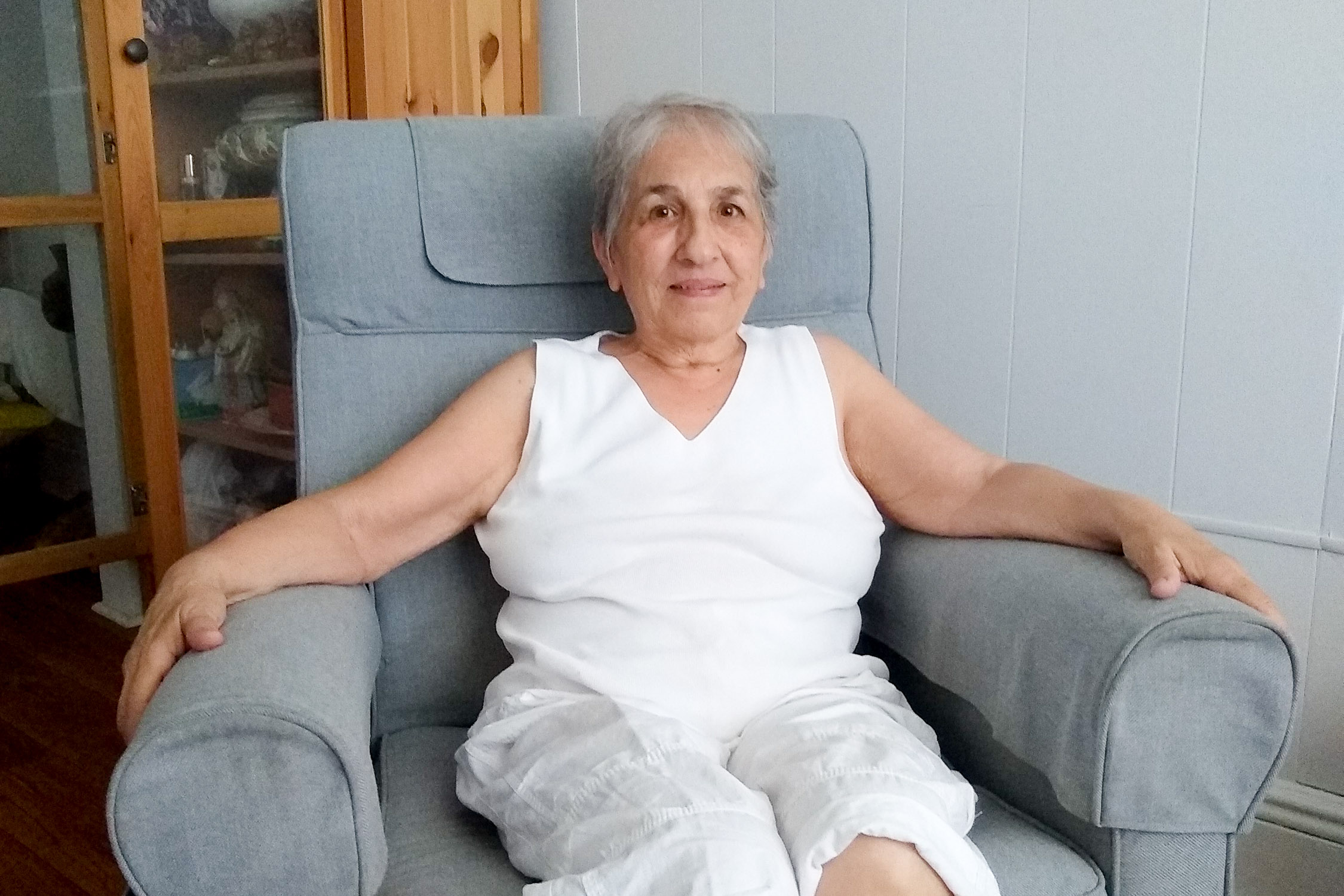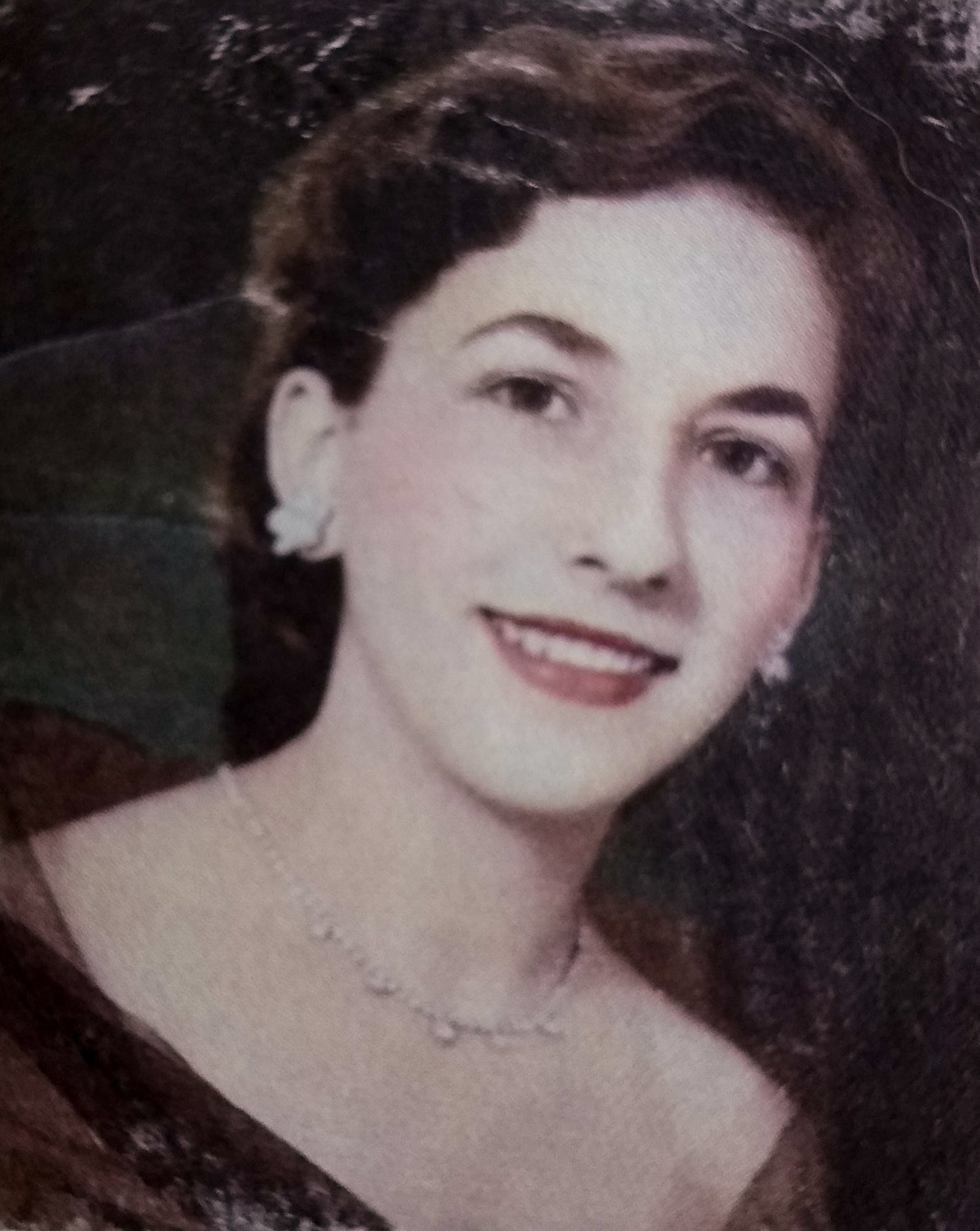HBM110: Big Numbers
/A bugle stack to the moon. Graphic by Jeff Emtman.
For two thirds of his life, HBM host Jeff Emtman has been thinking about the distance to The Moon in terms of corn snacks. Bugles specifically. It was a factoid written on the packaging that purported to convey information about the distance to the moon. The number itself has been long forgotten, but the taste of degermed yellow corn meal lingers.
Content Note:
Language
In this episode, Jeff takes issue with the significance that is placed on large and round numbers. And he talks to his 2 year old nephew while they play the piano. And he interviews his brother about larger and smaller infinities. And he makes podcast music on a tiny sampler. But mostly he complains about turning 30, a number that’s round, if you count in base ten.
But not everyone uses base 10. Several languages of Papa New Guinea use base 27, using not only their fingers, but parts across all their upper body. And many others from across the world have settled on base 20.
It’s possible that numbers are an advanced technology of language to make the abstract more palatable. Homesigners are people who develop their own sign languages independent from established sign languages. In a 2011 study called Number Without a Language Model, researchers contacted several homesigners who lived in numerate societies, but apparently had not developed strong words for numbers past three or so.
Big thank yous to Alan Emtman, Brian Emtman, Ariana Nedelman and Ross Sutherland (who produces the fantastic podcast Imaginary Advice [this episode contains excerpts from Episode 49, “Re: The Moon”]).
Producer: Jeff Emtman
Editor: Jeff Emtman
Music: The Black Spot, Serocell


















